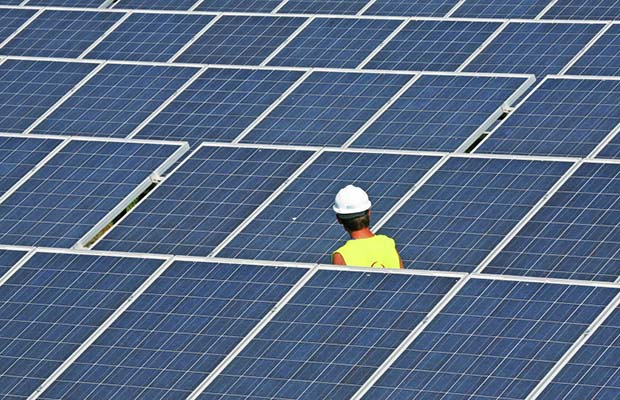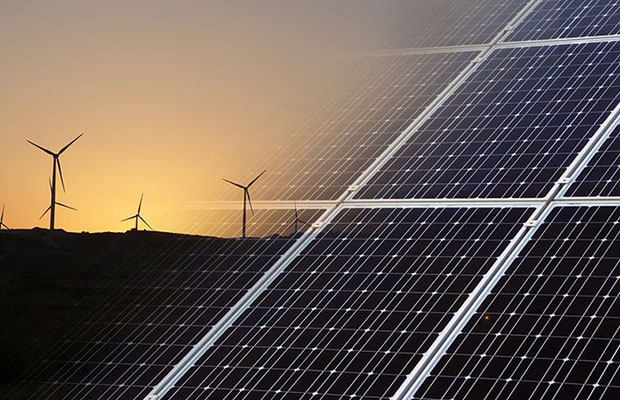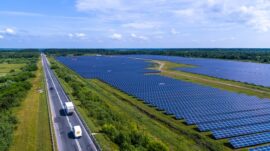
As a result, an aggregate investment of about USD 13.3 trillion is expected to be attracted in the sector, including USD 4.2 trillion in solar and USD 5.3 trillion in wind energy.

The world’s power generation capacity is likely to triple between 2018 and 2050, as the demand for electricity may grew by 62 per cent, according to the forecast by a leading research organization BloombergNEF (BNEF).
As a result, an aggregate investment of about USD 13.3 trillion is expected to be attracted in the sector, including USD 4.2 trillion in solar and USD 5.3 trillion in wind energy.
According to BNEF’s 2019 outlook, there will be steep decline in the costs of wind, solar and battery technologies and as a result nearly half of the grid’s power globally will be from wind and solar by 2050.
The report finds that, “these technologies ensuring that – at least until 2030 – the power sector contributes its share toward keeping global temperatures from rising more than 2 degrees Celsius.”
In its projections, BNEF further analyzed that, solar and wind energy are now becoming least expensive option for new capacity additions in approx two-third share of the world.
Besides investment in new power plants, USD 840 billion will be invested in batteries and USD 11.4 trillion towards grid expansion, the report added.
Commenting on the report, BNEF’s New Energy Outlook 2019 (NEO), Lead Analyst, Matthias Kimmel said that, “Our power system analysis reinforces a key message from previous New Energy Outlooks – that solar photovoltaic modules, wind turbines and lithium-ion batteries are set to continue on aggressive cost reduction curves, of 28 per cent, 14 per cent and 18 per cent respectively for every doubling in global installed capacity. By 2030, the energy generated or stored and dispatched by these three technologies will undercut electricity generated by existing coal and gas plants almost everywhere.”
The report further finds that, coal’s share in global energy mix will fall from current 37 per cent to 12 per cent by 2050. On the other hand, oil as a power-generating source is virtually eliminated.
By 2050, the power generation from wind and solar is expected to grew to 48 per cent from the current 7 per cent.

























